Marmots are very large members of the squirrel family. In fact, the Alpine marmot is the largest squirrel in the world! These large ground dwelling squirrels live in burrows rather than climbing trees. Read on to learn about the marmot.
Description of the Marmot
Marmots are large, reddish-brown ground squirrels. They have dense fur, and a rather short tail compared to their arboreal (tree-dwelling) cousins. Marmots also have short, powerful legs used for burrowing.
Interesting Facts About the Marmot
These rather massive members of the squirrel family (in comparison to the archetypical squirrel at least) have a number of different adaptions for subterranean life. To live in a subterranean, or belowground, world, one must be specially built for survival.
- A Rocky Lifestyle – Marmots aren’t the only animals that can dig, and some species of animals think marmots make a good meal. To avoid potential predators that may dig them out of their burrows, marmots prefer to live in rocky terrain or cliff sides. Pesky rocks prevent predators, like grizzly bears, from digging the marmots out of their homes.
- Whistle While You Run – Like many other social animals, marmots sound an alarm at the presence of danger. When a marmot spots a potential predator it releases a sharp whistle, alerting all other animals in the vicinity to take cover.
- All in the Family – There are fifteen different species of marmot spread across a wide range of habitats. Some of the better-known species include groundhogs, Alaska marmots, and yellow-bellied marmots.
- Sleep it Off – Like many other members of the squirrel family, marmots hibernate through the winter months. They survive on the fat they have stored throughout the winter, and conserve energy by slowing their metabolism. Hibernation varies by species, but some marmots will hibernate up to nine months.
Habitat of the Marmot
Marmots prefer open habitat that gives them the opportunity to spot predators at a distance, and run for cover. They frequently live in mountainous regions, forest edges, meadows, and tundra. Marmots take advantage of rocks to search for predators, using the higher vantage point to spot danger from farther away.
Distribution of the Marmot
Different species of marmots can be found in different habitats and countries. In North America, marmots can be found north of Mexico, across the United States, and in Canada. In Eurasia, marmot species can be spotted anywhere from northern Asia and the Himalayans to the European Alps.
Diet of the Marmot
Marmots are vegetarian, and feed mostly on grasses. Because grass is typically low in nutritional value, marmots must feed almost constantly to store enough fat for the winter.
Marmot and Human Interaction
Marmots and humans are generally harmonious. We have not historically over-exploited them for meat or fur, nor have we destroyed their habitats to the extent of other species. They are still threatened by overall environmental concerns, like pollution and global climate change.
Domestication
Marmots have not been domesticated in any way, but some species have lost much of their fear of humans due to feeding and interaction.
Does the Marmot Make a Good Pet
It is illegal to own a marmot as a pet in the United States. Because marmots are wild animals, they do not make the best companions. Like all rodents, marmots’ teeth constantly grow, and thus they must chew a lot. This can result in extensive destruction when the animal is kept in a household.
Marmot Care
Marmots should not be kept as pets. In zoos, marmots are fed an all-vegetarian diet that is regulated based on the animal’s weight. Marmots must also be provided with supplements and vitamins as needed by the individual animal. They should also be given plenty of chewing opportunities to wear down their teeth.
Behavior of the Marmot
Most marmot species are highly social, and live in groups of varying sizes. They will frequently live in family groups consisting of one male, his harem of females, and their offspring. They spend about 60% of their lives inside their burrows hibernating.
Reproduction of the Marmot
When marmots emerge from hibernation, they typically breed immediately. Marmots have a gestation period of one month. Female marmots give birth to four or five offspring, and the young will stay with the mother for about one year.


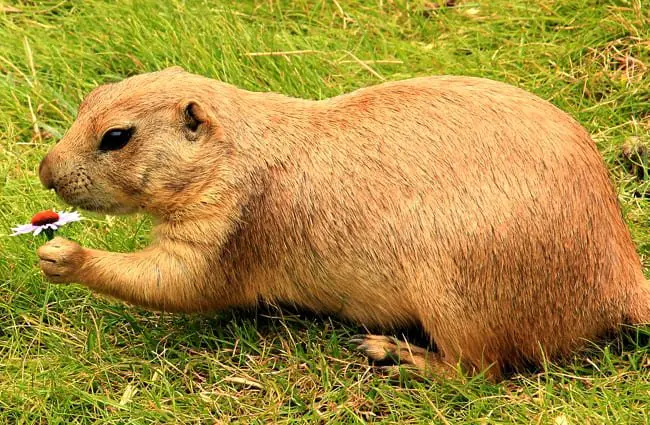

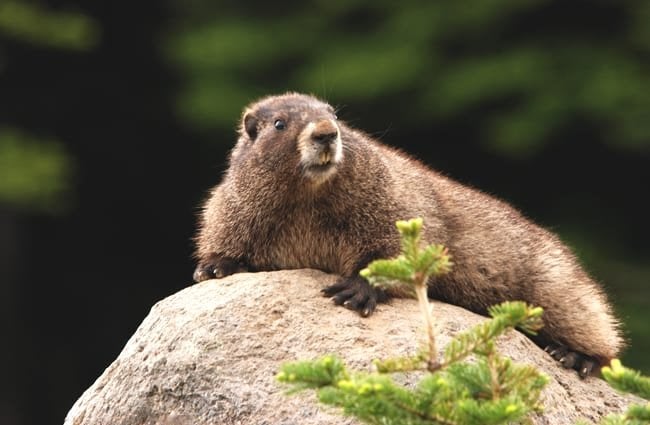
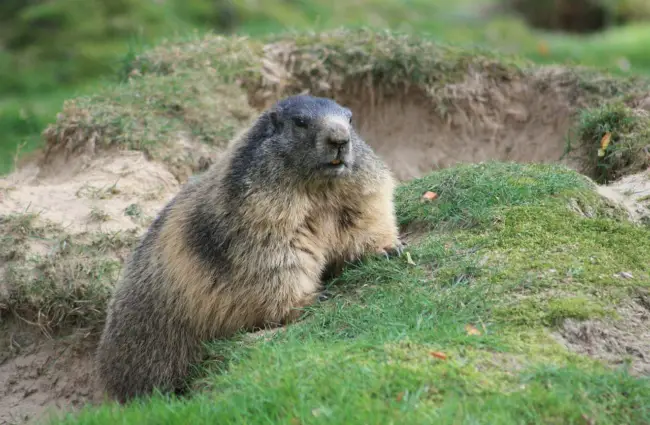
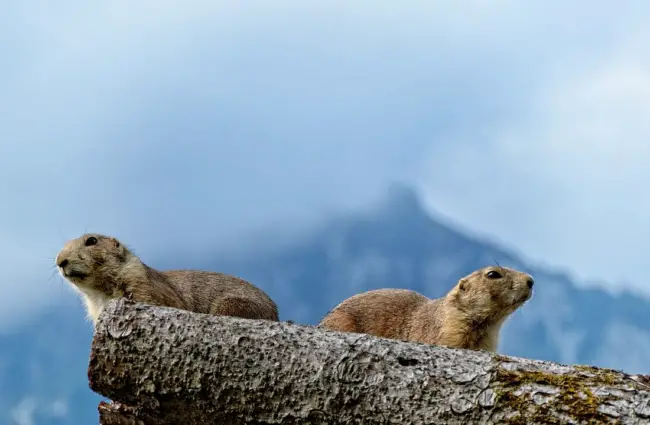
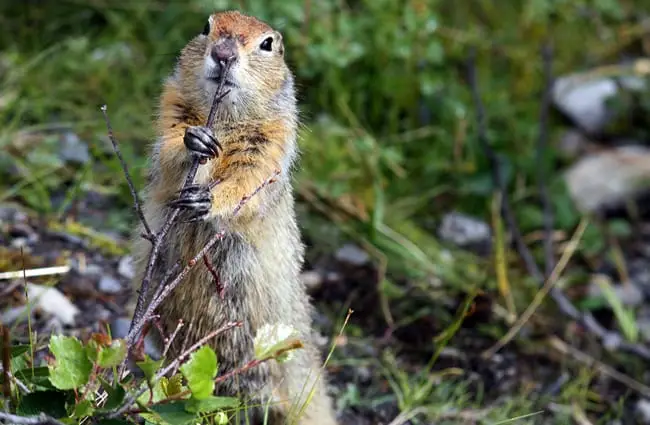







![Red Angus Closeup of a beautiful Red Angus cowPhoto by: U.S. Department of Agriculture [pubic domain]https://creativecommons.org/licenses/by/2.0/](https://animals.net/wp-content/uploads/2020/03/Red-Angus-4-238x178.jpg)












![Red Angus Closeup of a beautiful Red Angus cowPhoto by: U.S. Department of Agriculture [pubic domain]https://creativecommons.org/licenses/by/2.0/](https://animals.net/wp-content/uploads/2020/03/Red-Angus-4-100x75.jpg)

